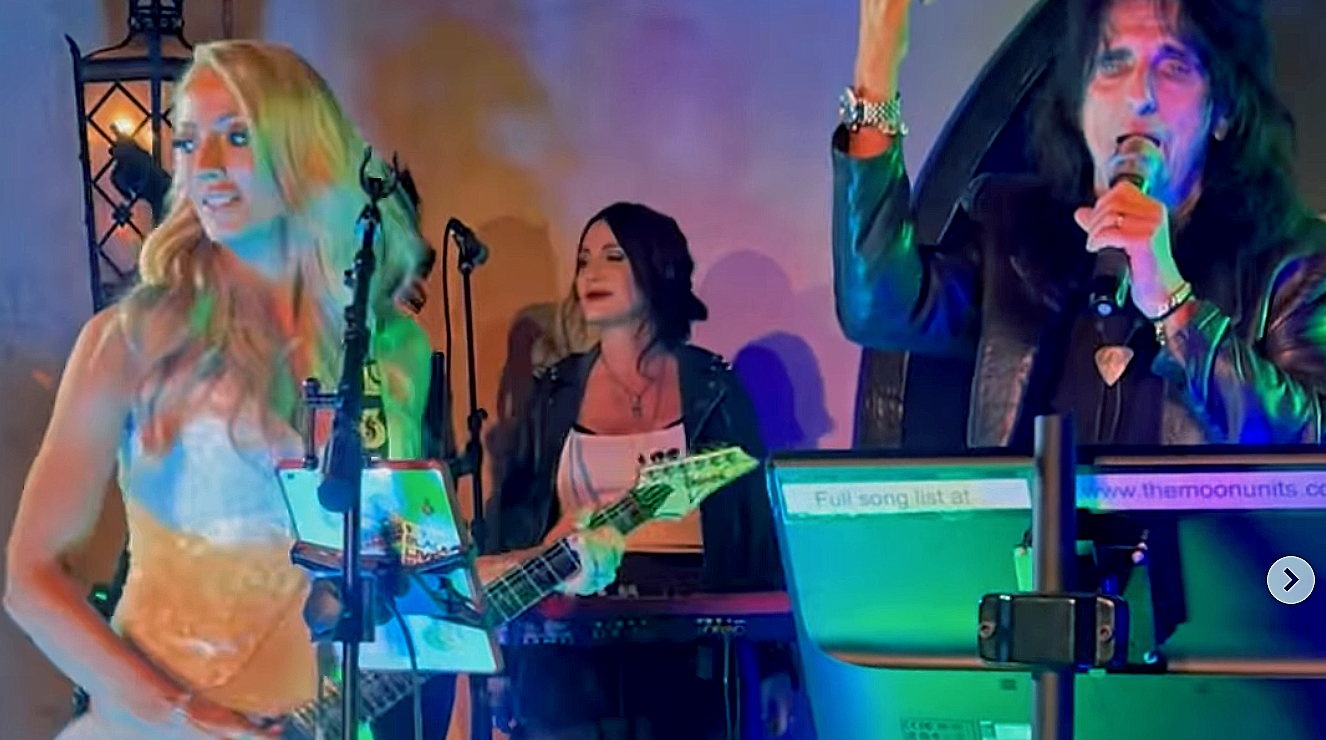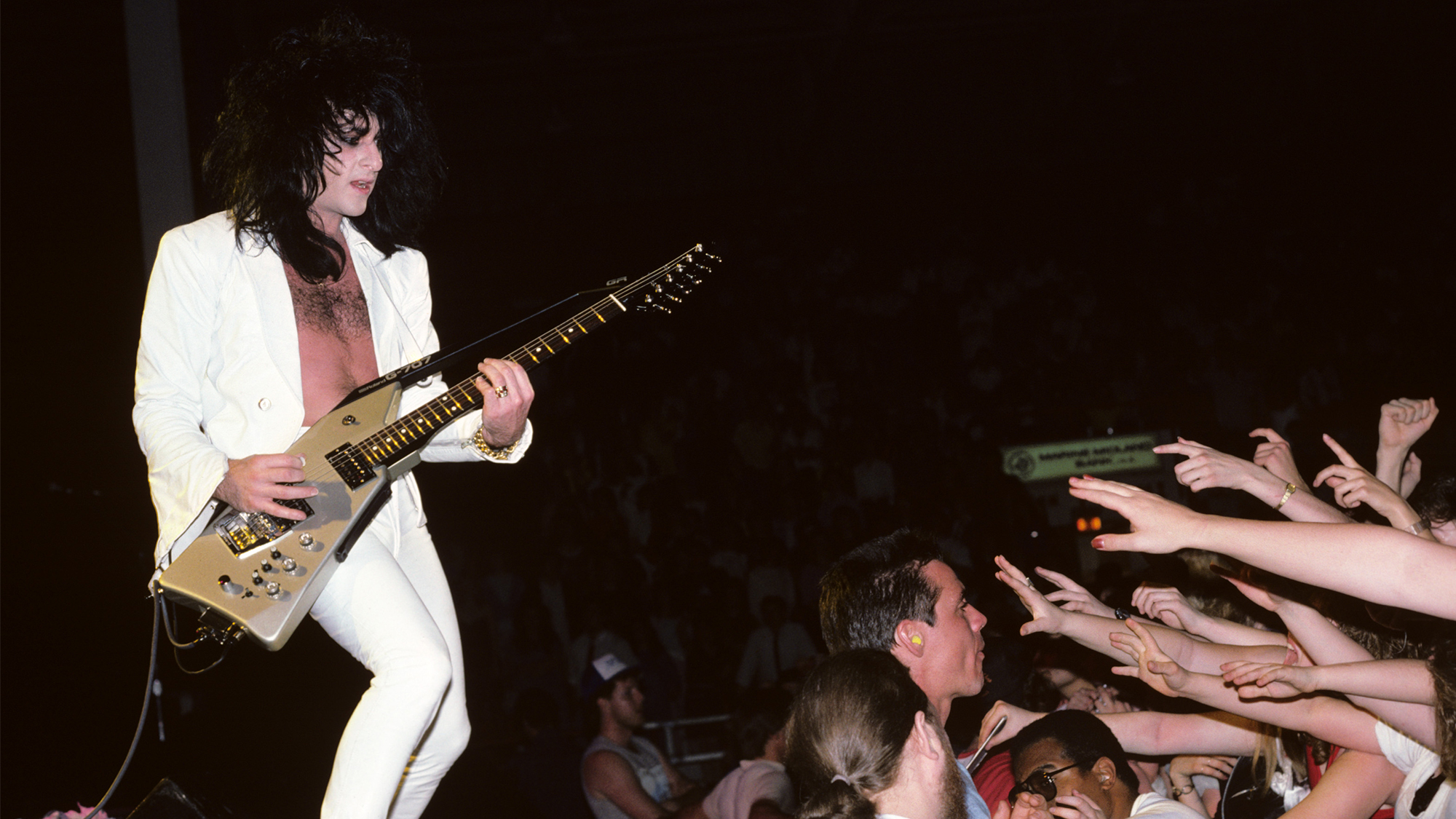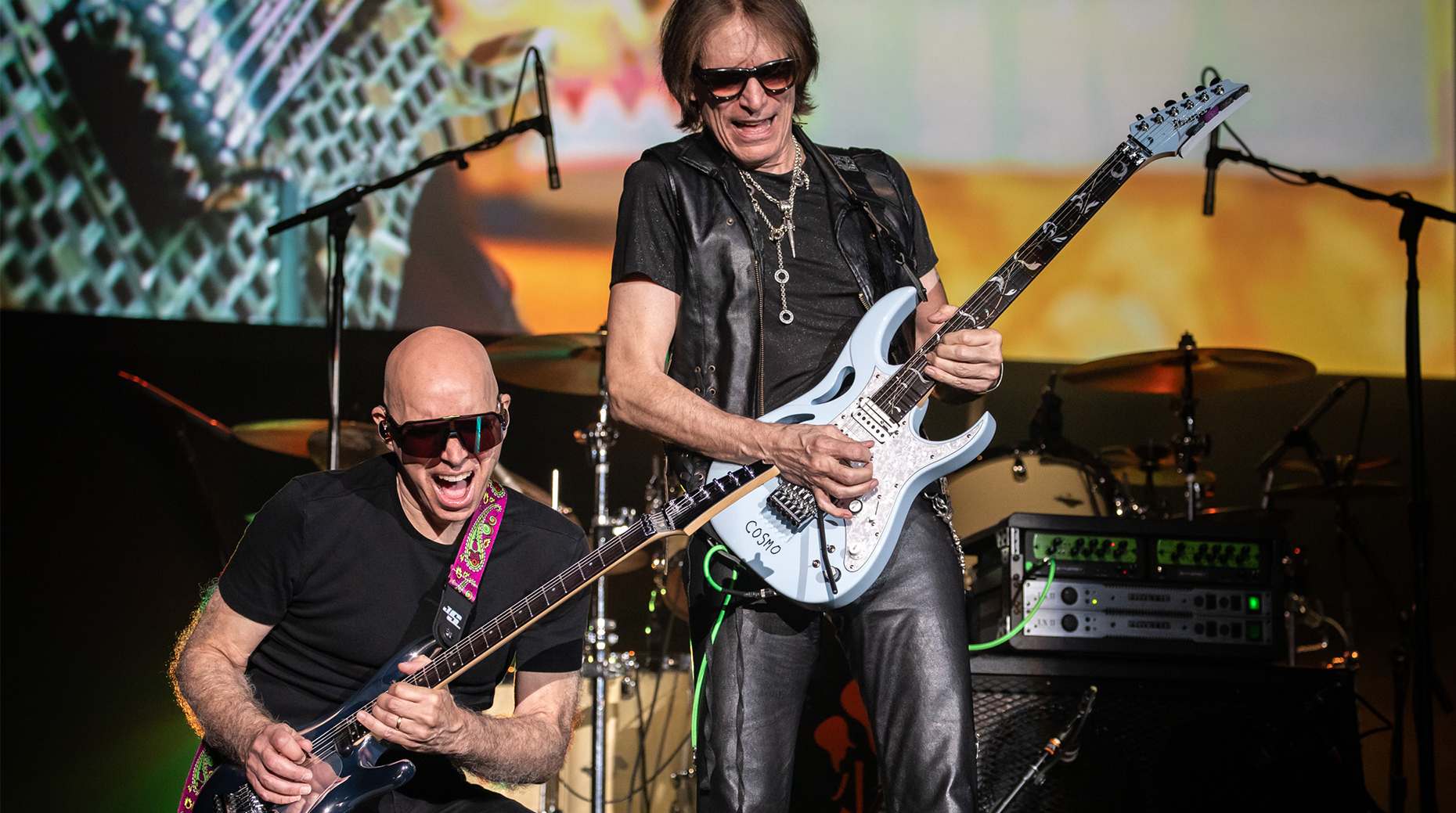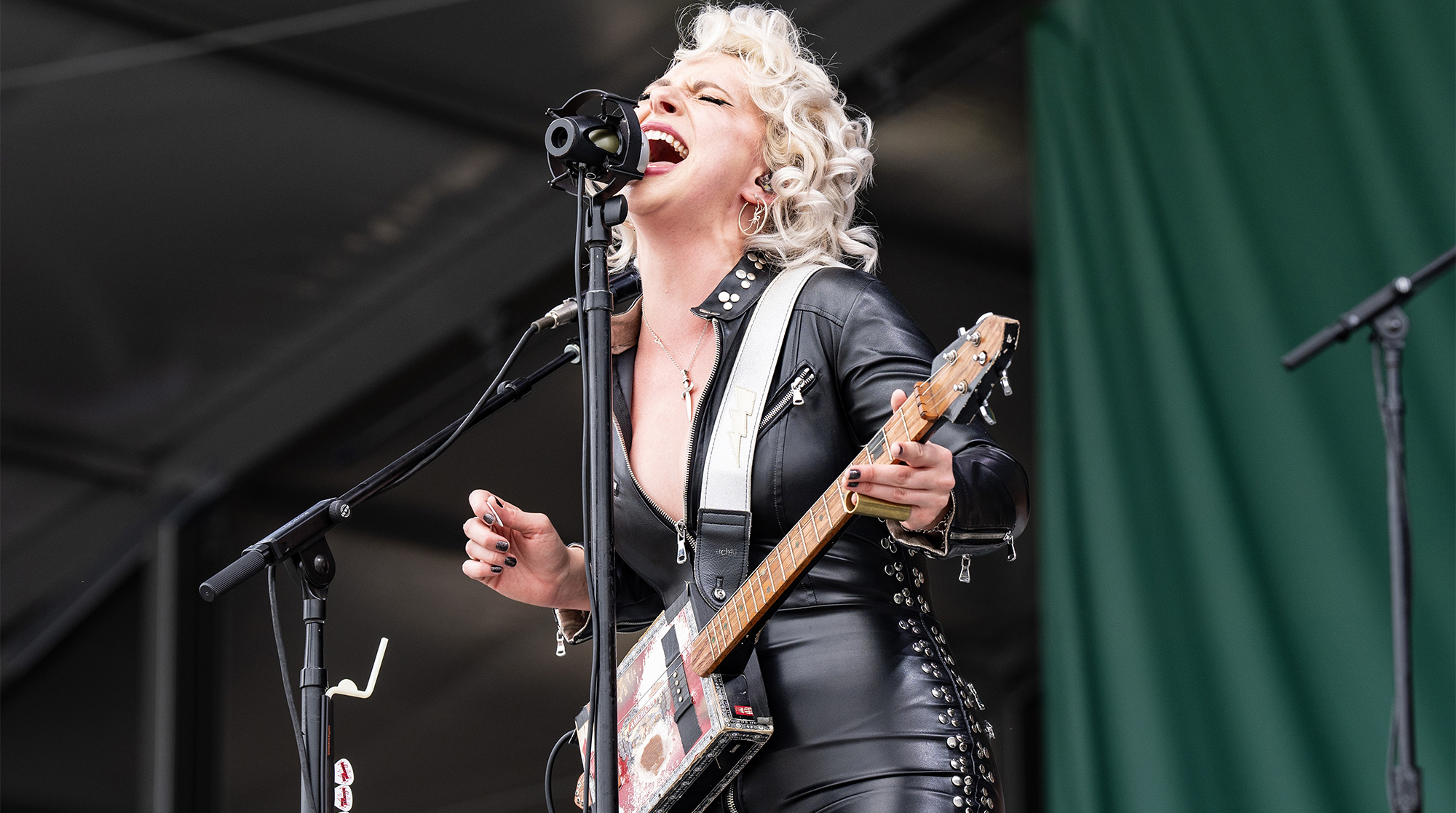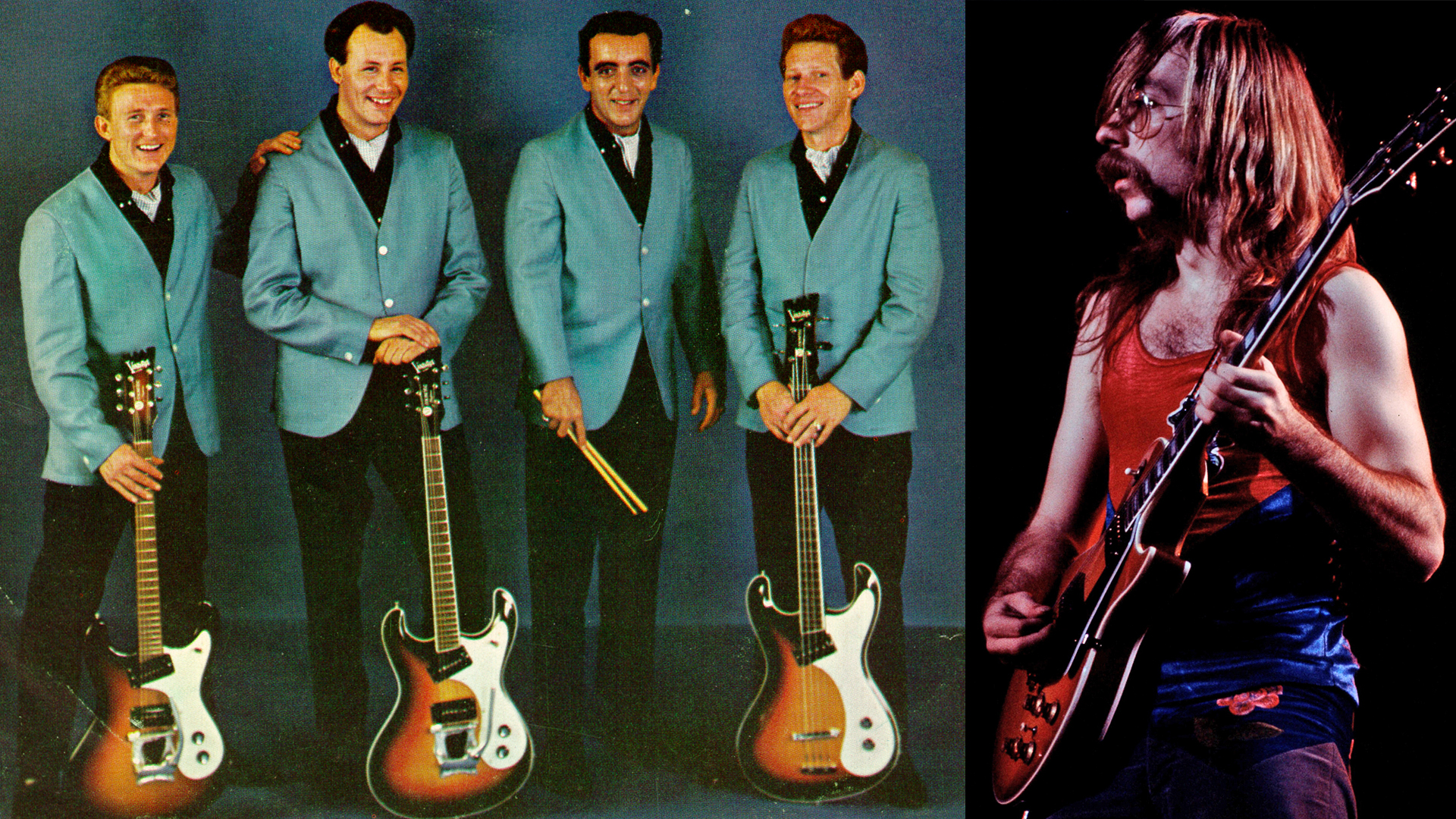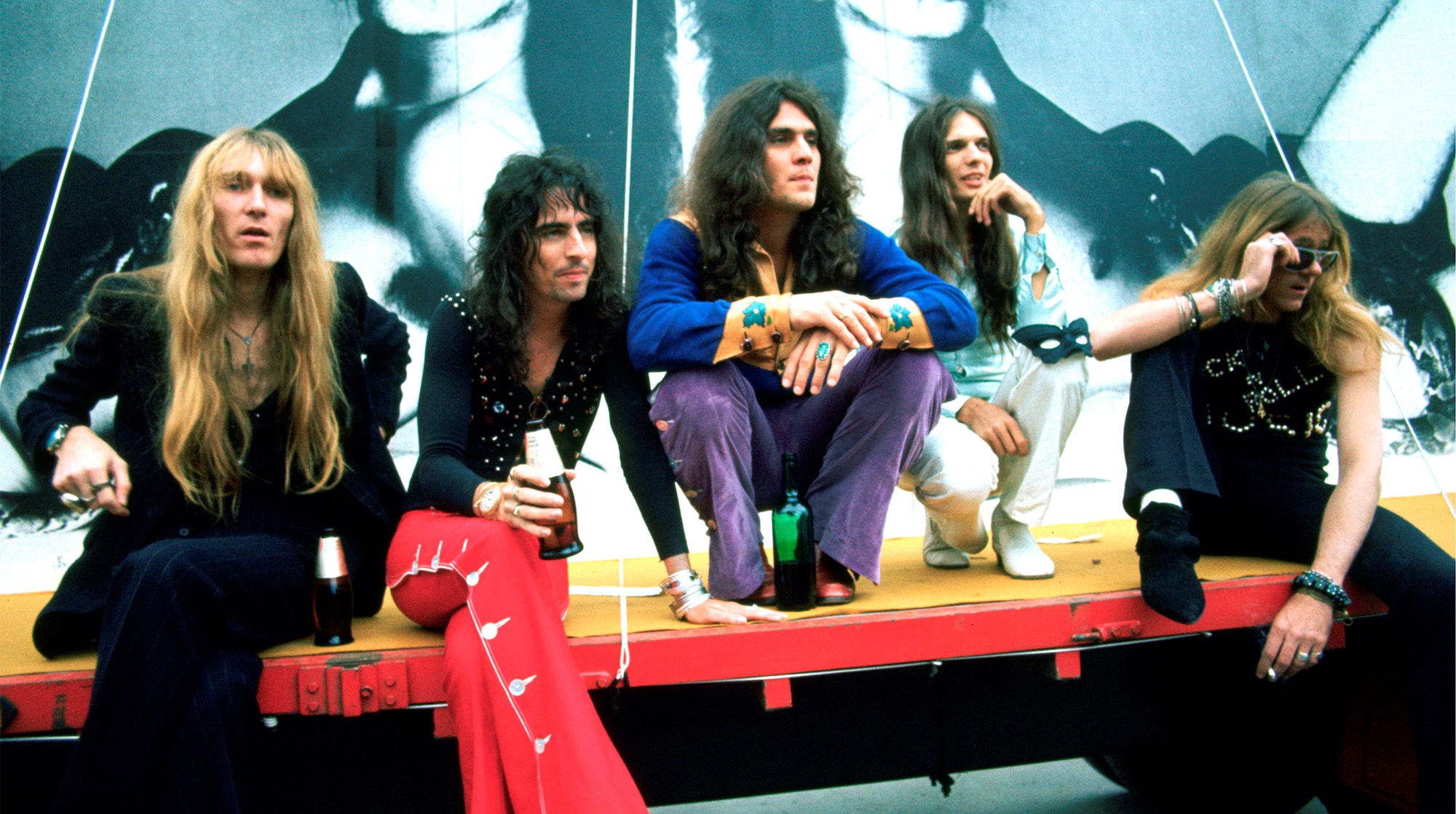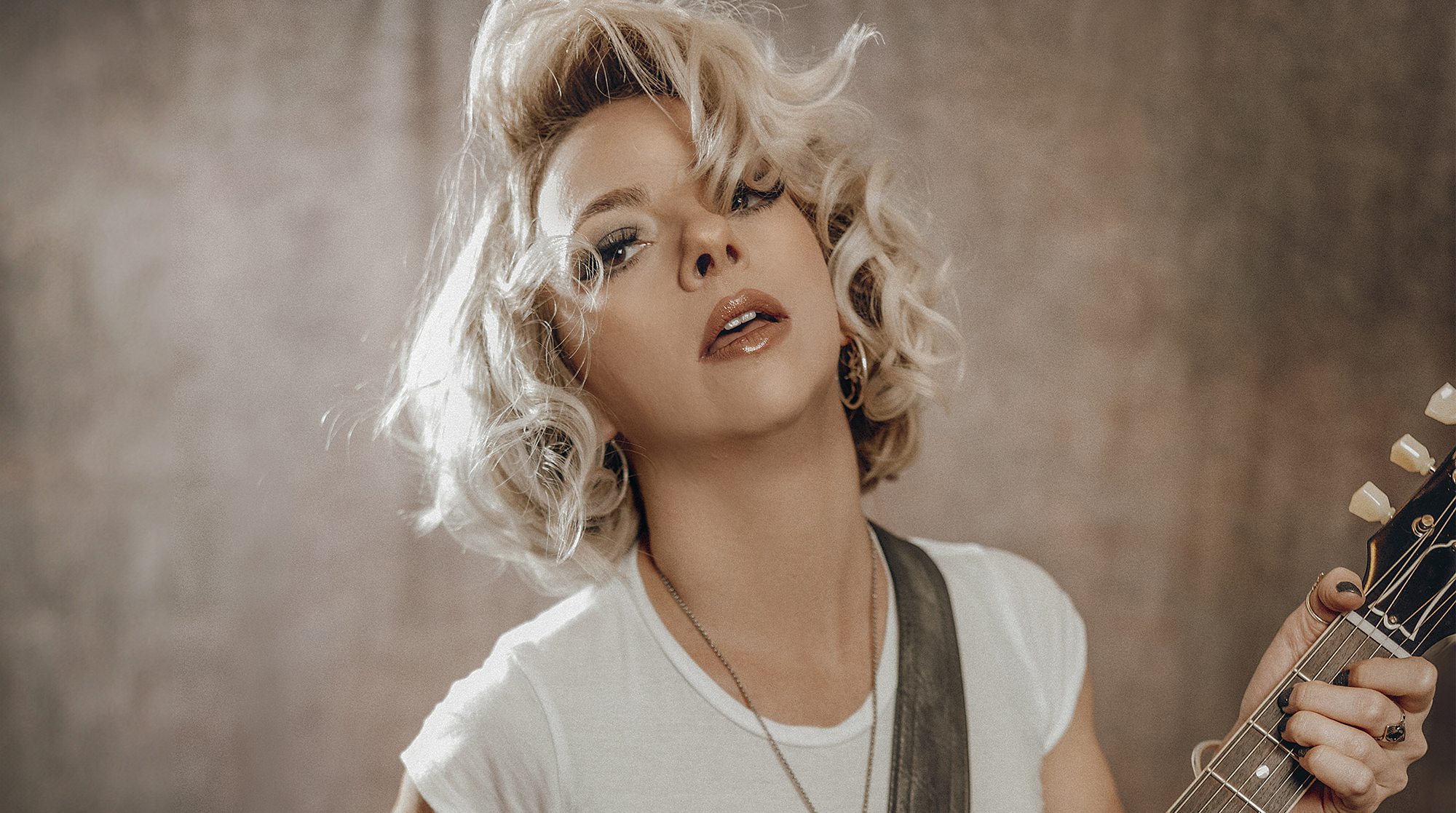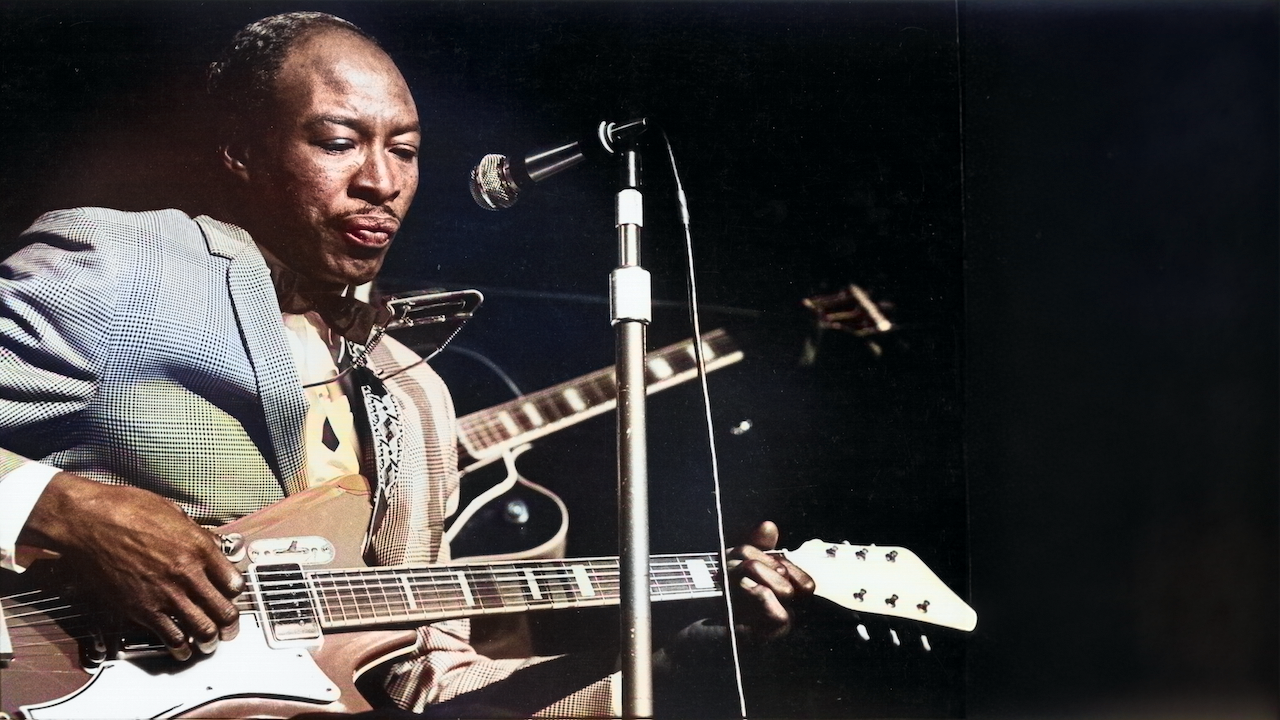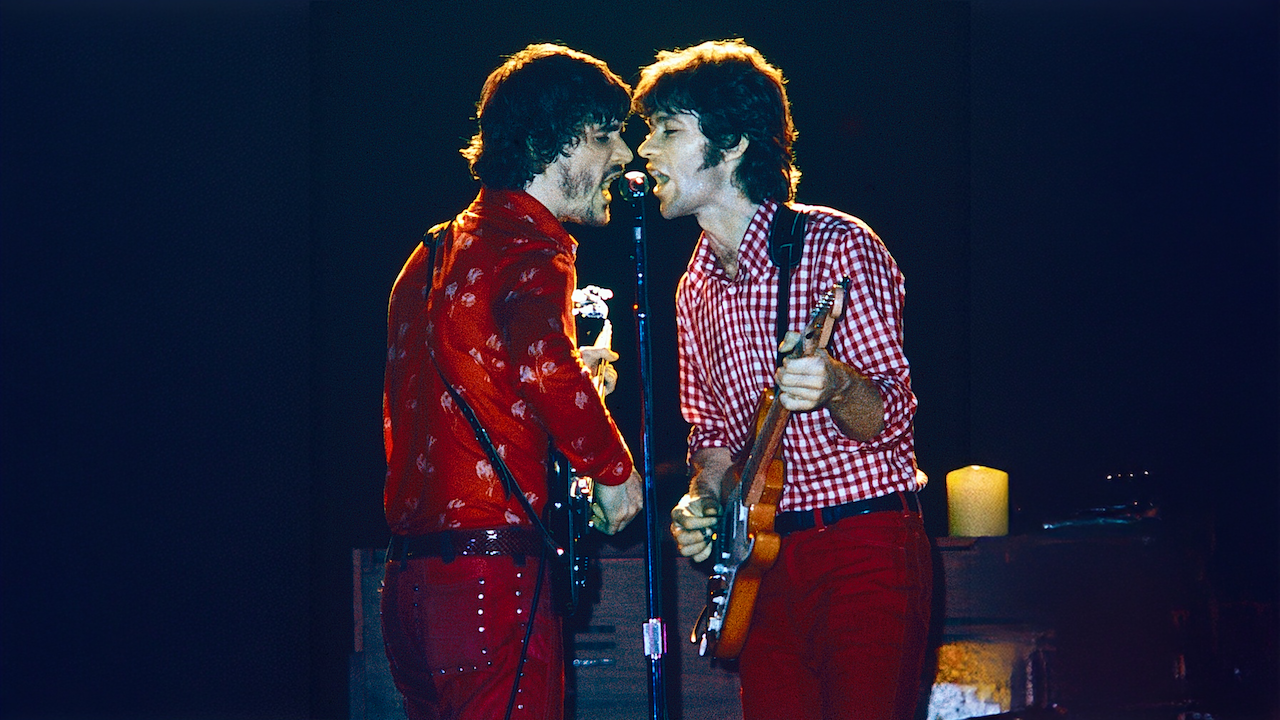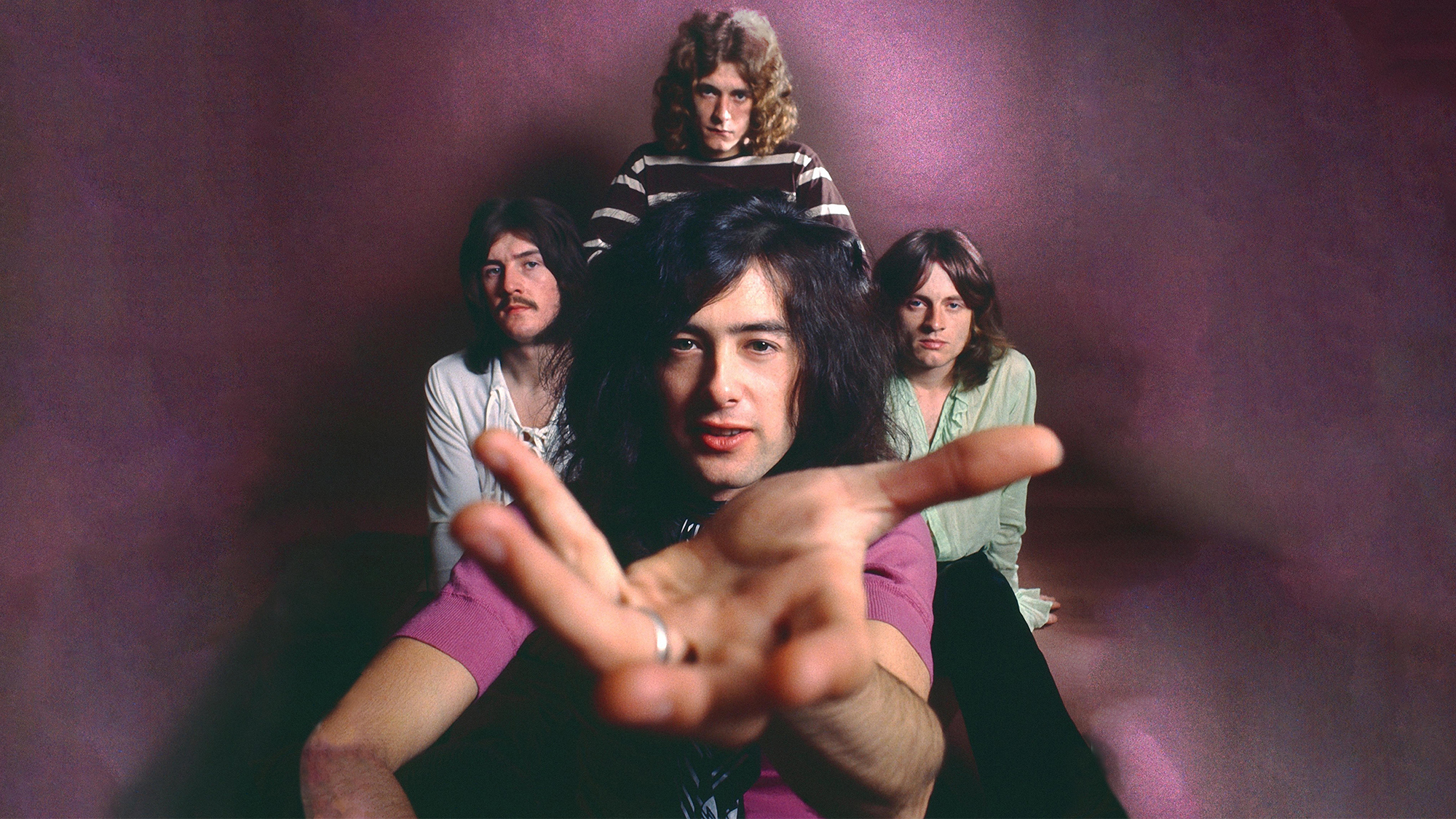"That's my main instrument. If I couldn't have anything else, I would have to have it." Paul McCartney made some surprising revelations about his favorite guitar in our historic interview with him
The former Beatle gave Guitar Player insights into "Taxman" and "Blackbird," as well as John Lennon's previously unknown fingerpicking skills
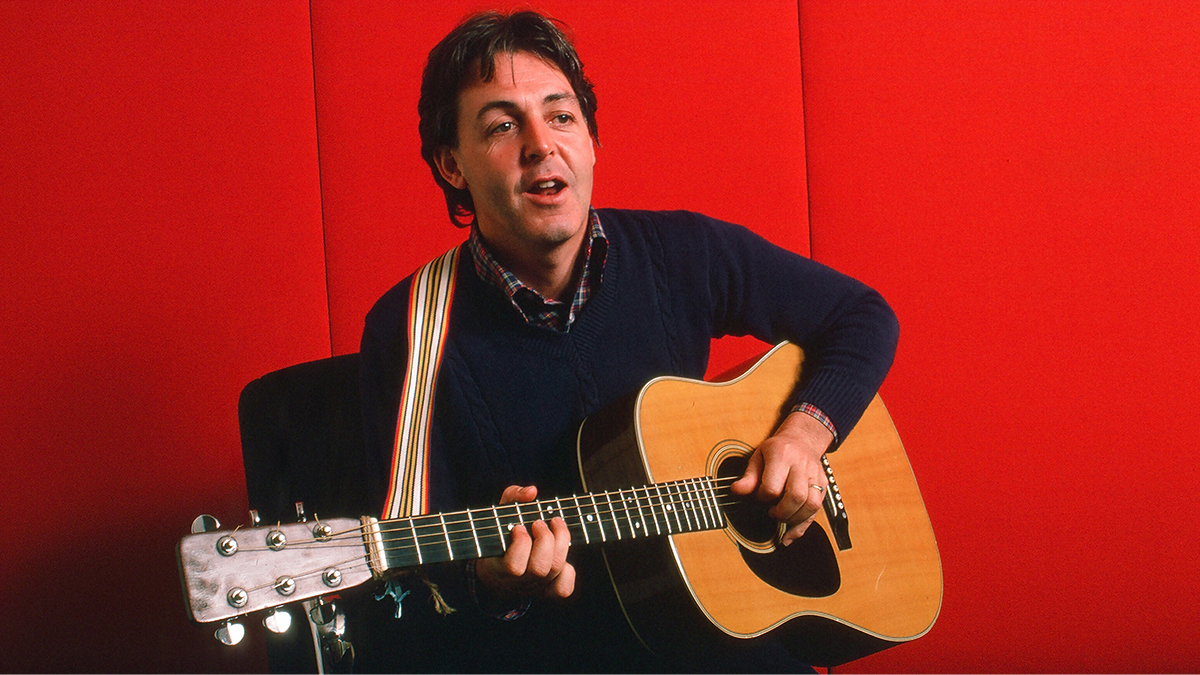
Although he started out as a guitar player, Paul McCartney took on bass guitar duties for the Beatles in July 1961, while the group was performing in Hamburg. Until then, he’d been one of the band's three electric guitar players, along with John Lennon on rhythm guitar and George Harrison on lead guitar. On the occasion when bassist Stuart Sutcliffe failed to show up for performance, it fell to McCartney to take over for him. When Sutcliffe finally quit the group in July 1961, McCartney took on those duties full time.
But by 1965 he began to show his guitar talents on the Beatles’ recordings, most evidently on “Yesterday,” his solo performance from the group’s album Help!, which also saw him play lead guitar on the tracks “Ticket to Ride" and “Another Girl.”
While McCartney continues to play bass to this day, guitar has remained central to his musical life.
“I guess I think of myself as a guitar player, really,” he told Guitar Player in our July 1990 issue. “Mainly acoustic — that's my main instrument, I suppose.
"If I couldn't have any other instrument, I would have to have an acoustic guitar. I always take one on holiday, and most times I have one in the dressing room.”
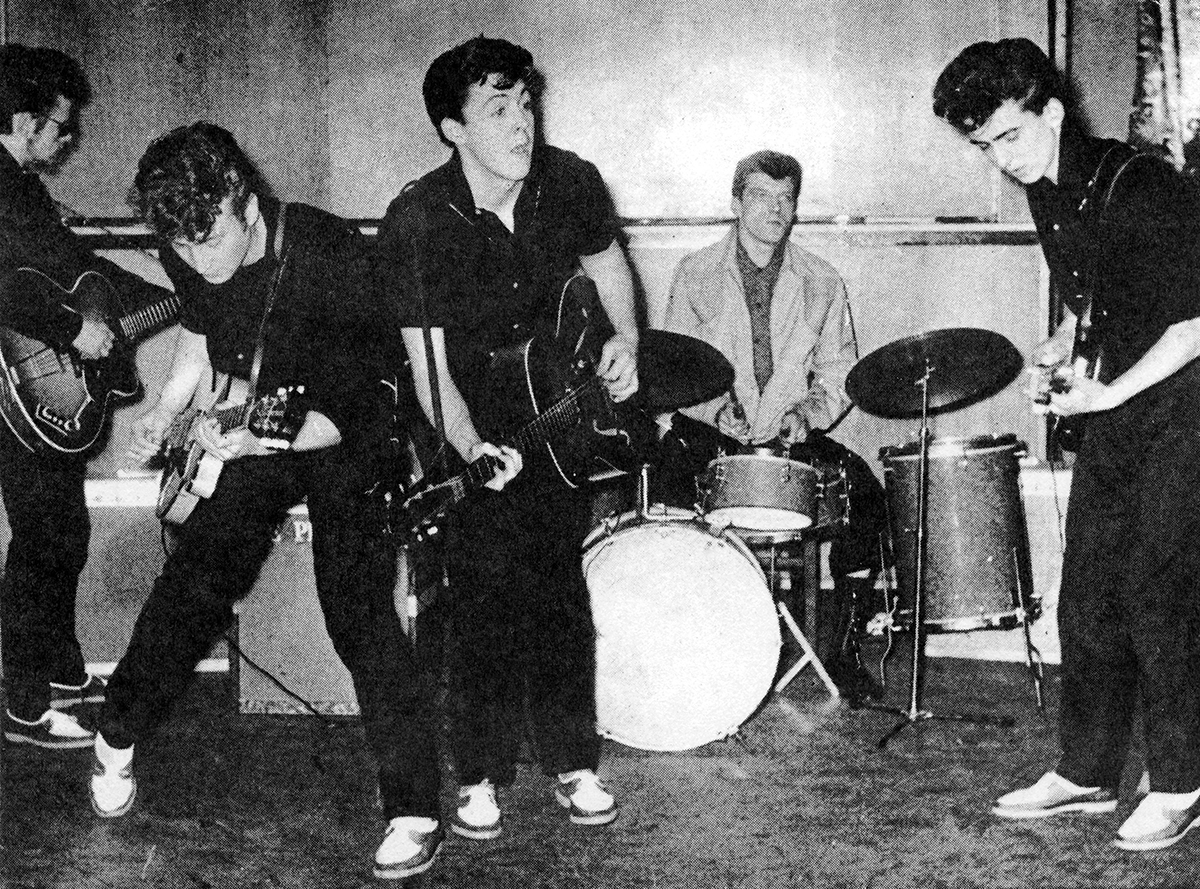
By the time the Beatles recorded Revolver in 1966, McCartney was showing greater facility with the instrument. Most notable of his achievements on that album is his angular solo on Harrison’s “Taxman,” performed with his Epiphone Casino through an overdriven Vox amp. Although Harrison had attempted a solo, he was unhappy with it. As was often the case, McCartney had an idea of what the song needed.
“With ‘Taxman, I got the guitar and was playing around in the studio with the feedback and stuff,” McCartney told Guitar Player. “And I said to George, ‘Maybe you could play it like this.’ I can't quite remember how it happened that I played it, but it was probably one of those times when somebody says, ‘Well, why don't you do it then?’ rather than spending the time to get the idea over.
“And I don't think George was too miffed. But when people say, ‘Great solo on “Taxman,”’ I don't think he's too pleased to have to say, ‘Well, that was Paul, actually.’ I didn't really do much like that — just once or twice.
“I liked ‘Taxman,’ just because of what it was,” he added. “I was very inspired by Jimi Hendrix. It was really my first voyage into feedback. I had this friend in London, John MayaII of the Bluesbreakers, who used to play me a lot of records late at night — he was a kind of DJ-type guy. You'd go back to his place, and he'd sit you down, give you a drink, and say,’ Just check this out.’ He'd go over to his deck, and for hours he'd blast you with B.B. King, Eric Clapton—he was sort of showing me where all of Eric's stuff was from, you know.”
As McCartney has explained before, it was Mayall who led him to purchase his Epiphone Casino, a model that both Lennon and Harrison also began to play soon after. “He gave me a little evening's education in that. I was turned on after that, and I went and bought an Epiphone. So then I could wind up with the Vox amp and get some nice feedback.
“It was just before George was into that," he added. "In fact, I don't really think George did get too heavily into that kind of thing. George was generally a little more restrained in his guitar playing. He wasn't into heavy feedback.”
Regardless of his talent with guitar — and in spite of feeling that acoustic is his main instrument — McCartney never thought he should make it his main instrument within the Beatles.
“Not really, no. I'd always felt that the bass thing was really it, because we had to have a bass player,” he said. “At the very beginning, I did think, Well that's put shot to any plans I had of being a guitar player.
“But I got interested in bass as a lead instrument. I think around about the time of Sgt. Pepper — ‘With a Little Help From My Friends’ and ‘Lucy in the Sky With Diamonds’ — there were some pretty good bass lines. Like Motown. Like Brian Wilson's lines in the Beach Boys.”
McCartney added that, among his many guitar contributions to the Beatles, “Blackbird,” from the 1968 White Album, remains “one of my favorites.”
But while his fretwork and fingerpicking on that song are quite advanced, he admits he never learned how to fingerpick correctly.
“I normally use a flatpick,” he said. “John learned. I think I read recently he'd learned it off Donovan or one of Donovan's friends who were more into the folk thing, so they would fingerpick in the proper way — first string, third string, and all that. The proper thing.
“I got my own little sort of cheating way of doing it, so on ‘Blackbird’ I'm actually sort of pulling two strings all the time. But then, when it gets to the little fingerpicking sort of thing, it's not real. I figured anyway that everyone else was doing that correct stuff, so it wouldn't hurt. I was trying to emulate those folk players.”
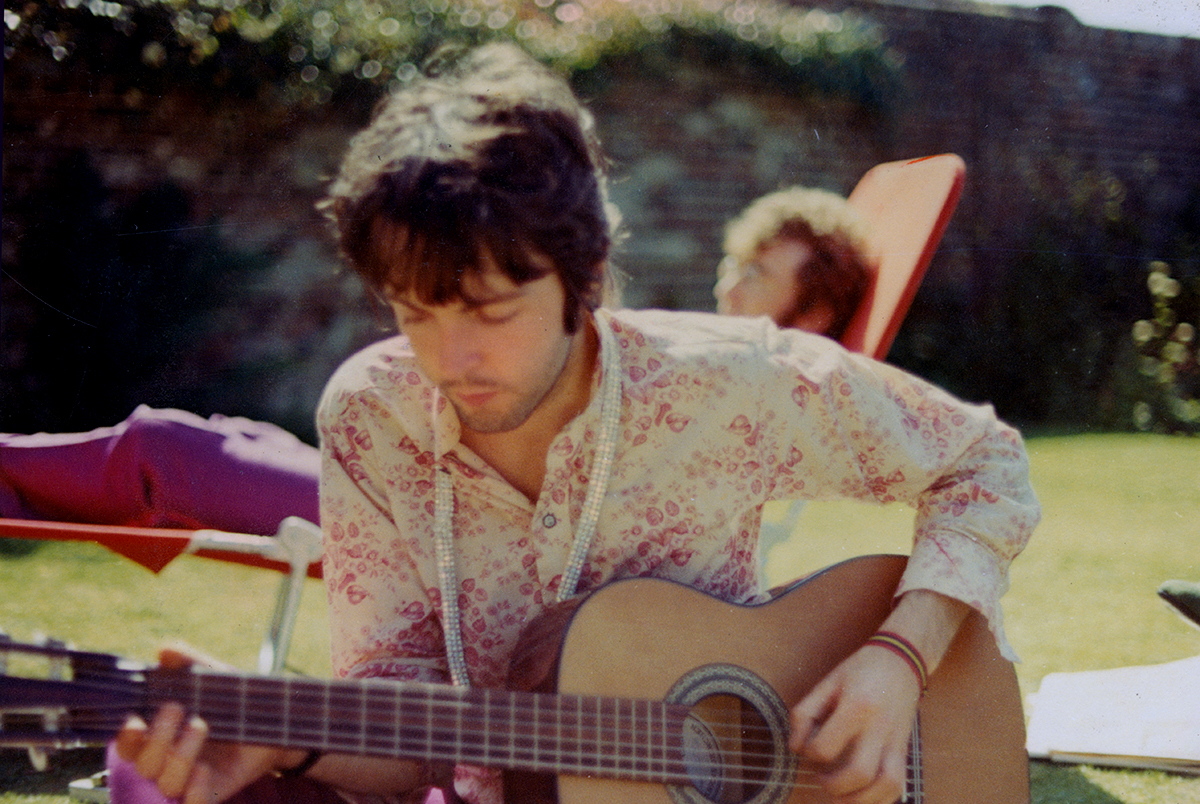
Remarkably, McCartney revealed that it was Lennon — often considered the least accomplished of the group’s guitarists — who mastered fingerpicking.
“John was the only one who actually stuck at it and learned it,” McCartney explained, pointing to Lennon’s acoustic “Julia,” from the White Album. “If you listen to ‘Julia,’ he's playing properly with fingerpicking on that. I was always quite proud of the lad. I think he just had a friend who showed him, and so that's really a nice part on ‘Julia.’
“But I could never be bothered, really, learning things. I always sort of figure something out. Like, I've never had guitar lessons, bass lessons, piano lessons, music-writing lessons, songwriting lessons, or horse-riding lessons, for that matter, or painting — I do some of that. I always jump into things, and so by the time I'm ready for my first lesson, I'm beyond it. I always did try to have music lessons. I always tried to have someone teach me how to notate music, because I still don't know to this day.”
Likewise, McCartney said guitar, like piano, remains his main instrument when composing. With a bass, he told Guitar Player, “you come up with a groove, but when you're writing, you need the guitar or a piano. So I would always remember that first and foremost I started off as a guitar player.”
Get The Pick Newsletter
All the latest guitar news, interviews, lessons, reviews, deals and more, direct to your inbox!
Tom Mulhern worked at Guitar Player magazine for over 13 years and has contributed to Guitar World, Guitar, Guitar Shop, Billboard, Musician, and more. He has edited a number of books, including Bass Heroes: Thirty Great Bass Players, Concert Photography: How To Shoot And Sell Music-Business Photographs, and contributed chapters to The Gibson and 100 Years Of Gibson Guitars. Visit his website here.
- Christopher ScapellitiGuitarPlayer.com editor-in-chief
"You’d be surprised what you can plug a guitar into." Lita Ford weighs in on what's more important — your guitar or your amp
“How many weddings can you jam 'I’m Eighteen,' 'Enter Sandman' and 'Cowboys From Hell'?” Nita Strauss shreds with Alice Cooper at her wedding in newly released video


